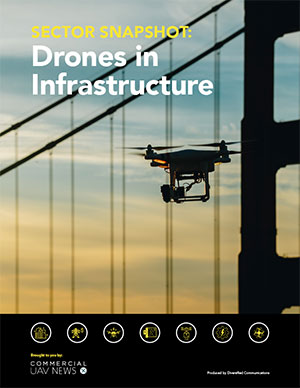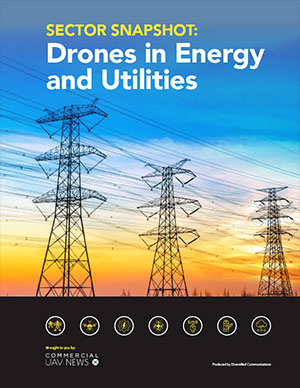Subscribe
The information you submit will be stored and used to communicate with you about your interest in Commercial UAV News. To understand more about how we use and store information, please refer to our privacy policy.
Mississippi State University and Aurora Flight Sciences Collaborate on BVLOS Project for First Responders

Flying Aurora Flight Sciences’ SKIRON-X drone, researchers from Mississippi State University’s Raspet Flight Research Laboratory engaging in a project “aimed at advancing unmanned aircraft systems (UAS) for emergency response operations beyond the visual line of sight (BVLOS).”
.png.small.400x400.png) According to a statement from Aurora Flight Sciences (a Boeing company), the project’s goal is “to support first responders by developing a process manual to help them navigate the Federal Aviation Administration’s (FAA) BVLOS waiver process.” Raspet’s effort, the statement said, “is demonstrating how UAS like SKIRON-X can safely and efficiently conduct BVLOS operations.”
According to a statement from Aurora Flight Sciences (a Boeing company), the project’s goal is “to support first responders by developing a process manual to help them navigate the Federal Aviation Administration’s (FAA) BVLOS waiver process.” Raspet’s effort, the statement said, “is demonstrating how UAS like SKIRON-X can safely and efficiently conduct BVLOS operations.”
Aurora’s Group 2 UAS, the SKIRON-X, is serving as the test platform for the project. The SKIRON-X, Aurora said, “combines the convenience of vertical take-off and landing with the longer endurance of fixed-wing flight. In its standard battery-powered configuration, it has a flight time of up to 3.5 hours.” During the course of the effort, Raspet researchers have flown SKIRON-X for more than 30 flight hours. These flights have provided “extensive flight logs and pilot feedback to help refine the platform for first responders and BVLOS operations.”
Commenting on the collaboration, Raspet Director Bryan Farrell said, “This collaboration with Aurora has provided Raspet with the opportunity to test a cutting-edge UAS platform while working toward a solution that could make a real difference for first responders. Developing the safety case for BVLOS operations is a critical step in unlocking the full potential of UAS for public safety.”
The Raspet/SKIRON-X project is scheduled to continue through the end of October.
Source: Aurora Flight Sciences















Comments